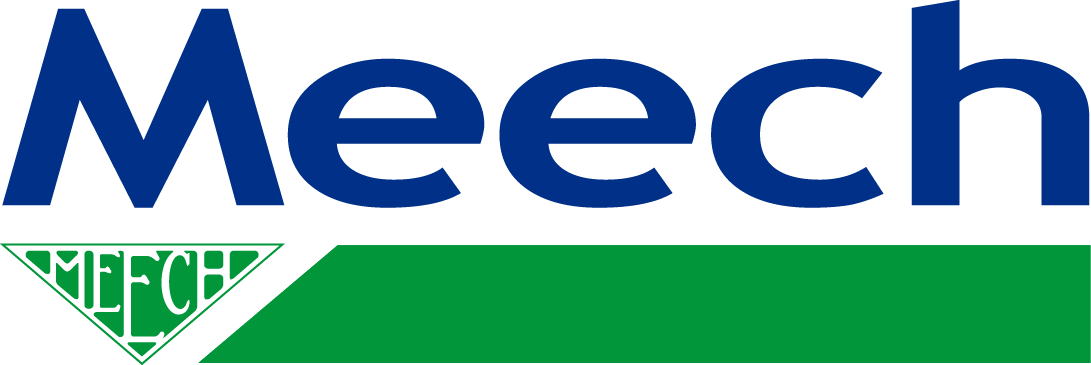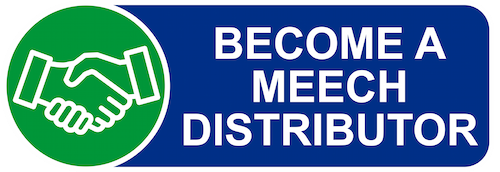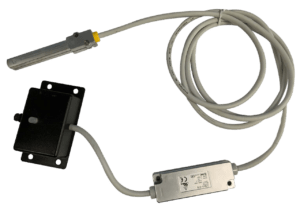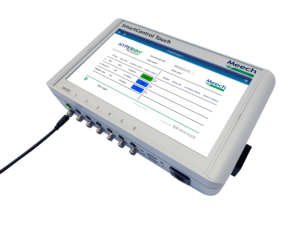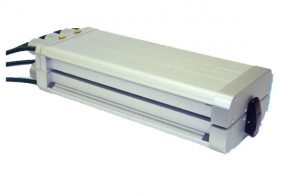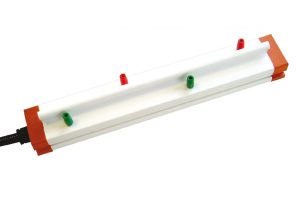
ATEX Rotogravure EX bars
PROBLEM
- Printing on contaminated substrates will result in the contamination transferring to the print plates spoiling print quality.
- The purchase of contaminated material will need to be cleaned, where clean purchased material can be being contaminated during unwinding by an unclean working environment.
- The risk of fire when printing with solvent based inks must be considered as static discharges from the substrate will ignite the solvent vapours.
- Printed substrates will generate static charges during processing and rewinding. Uncontrolled static charges in the rewound roll can result in static discharges to operators, burn damage to substrate, customer complaints and product rejection.
SOLUTION
- Controlling static charges on unwinding rolls of substrate prevent the attraction of contamination. This will require mid to long range Hyperion ionisers.
- Contaminated material will need to be cleaned using a contact or non-contact web cleaner. The type of web cleaner will be determined by the media being used.
- Controlling static charges within the ATEX print zone will require EX approved ionising bars within the EX-zone, or feedback sensors linked to a Hyperion bar prior to the ATEX zone via SmartControl can ensure material is statically neutral prior to entering the hazardous area.
- Controlling static charges on the rewinding roll prevents operator shocks, burn damage to substrate, customer complaints and product rejection.
- Smart control links and monitors all ionising systems, providing historical and real time monitoring with alarms when charges exceed safe working levels.
Download
- Related Products
